Home>Ideas and Tips>Creating A Stylish And Practical Dining Room
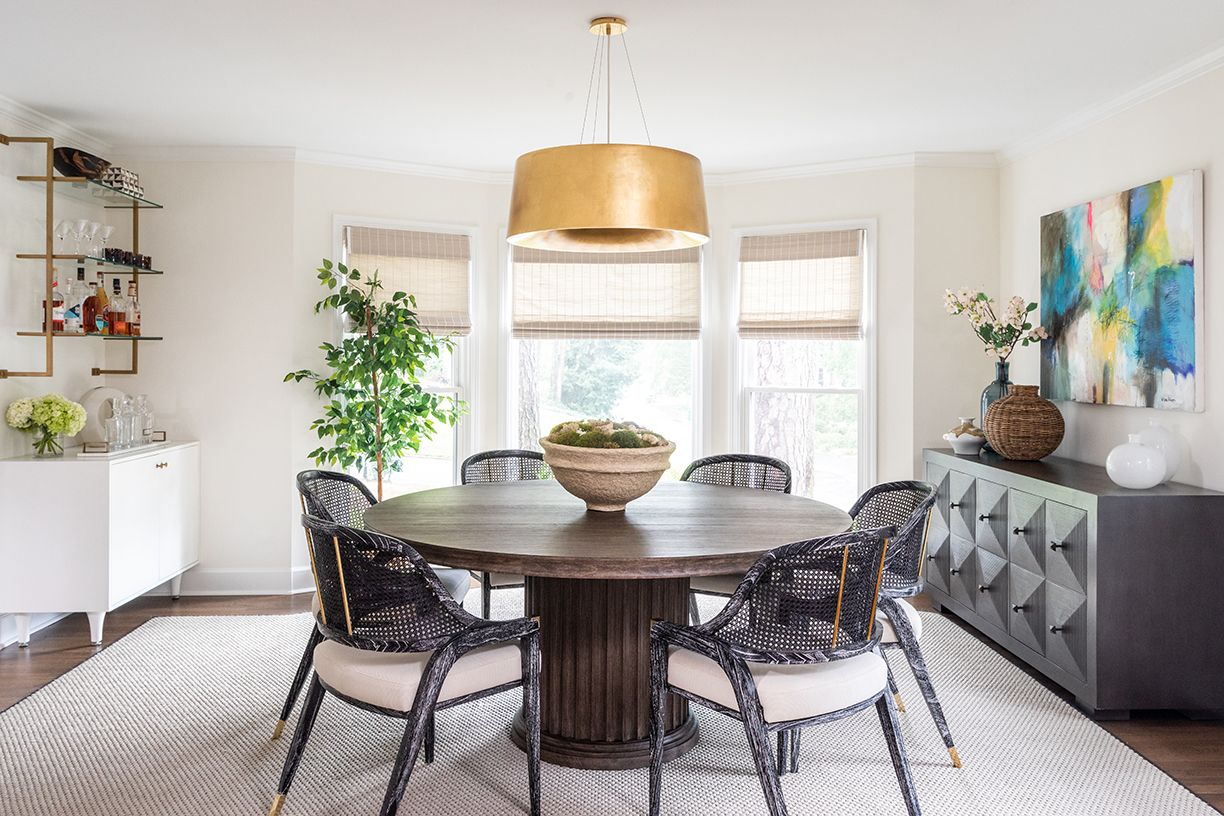

Ideas and Tips
Creating A Stylish And Practical Dining Room
Modified: October 20, 2024
Create a stylish and practical dining room with our guide on furniture, lighting, color schemes, and smart design elements for a functional and beautiful space.
(Many of the links in this article redirect to a specific reviewed product. Your purchase of these products through affiliate links helps to generate commission for Storables.com, at no extra cost. Learn more)
Creating a stylish and practical dining room might seem like a tall order, but it’s totally doable with some planning and creativity. You want a space that looks great and works well for everyday meals and special occasions. So, how do you strike that balance? Let’s dive in.
Planning Your Dining Room
First things first, you’ve gotta plan. Without a plan, you’re just winging it, and that’s a recipe for disaster. Here’s what you need to do:
- Measure Your Space: Grab a tape measure and jot down the dimensions of your dining room. Note where the doors and windows are, and any quirky architectural features. This helps you figure out what’ll fit and where.
- Identify Your Needs: Think about how you’ll use the room. Do you need a big table for family dinners, or is a smaller, cozy setup more your style? Maybe you need space for a buffet or a bar cart.
- Set a Budget: Money talks. Decide how much you’re willing to spend on furniture, decor, and any renovations. This keeps you from going overboard and regretting it later.
Choosing the Right Furniture
Furniture is the backbone of your dining room. It sets the tone and needs to be both stylish and functional. Here’s how to pick the right pieces:
-
Dining Table: The table is the star of the show. Think about shape and size. A round table can make things feel more intimate, while a rectangular one is great for bigger gatherings.
- Material: Wood, glass, metal—each has its own vibe and price point. Pick what fits your style and budget.
- Size: Make sure it’s proportional to your room and can seat everyone comfortably.
-
Chairs: Your chairs should match the table and be comfy enough for long meals.
- Material: Wood, leather, fabric—choose what looks good and feels good.
- Comfort: Look for chairs with good back support and cushioning. No one likes a sore back after dinner.
-
Additional Pieces: Think about adding a buffet or sideboard for extra storage and display space. It’s practical and adds a touch of elegance.
Lighting Design
Lighting can make or break your dining room. It sets the mood and makes the space functional. Here’s how to get it right:
-
Overhead Lighting: Chandeliers or pendant lights are great for general illumination.
- Style: Pick something that matches your overall decor—modern, traditional, rustic, whatever floats your boat.
- Functionality: Make sure it’s adjustable so you can dim the lights for a cozy dinner or brighten them up for a game night.
-
Table Lighting: Add table lamps or candelabras for a warm, inviting glow.
- Placement: Put them where they won’t cast shadows on faces or screens.
-
Accent Lighting: Use accent lights to highlight artwork or architectural features.
- Color Temperature: Warm tones (2700K-3000K) create a cozy feel, while cool tones (3500K-4100K) make the space brighter.
Color Scheme
Colors can totally change the vibe of your dining room. Here’s how to pick the right ones:
- Neutral Colors: Beige, gray, and white are safe bets. They provide a clean backdrop and let you add pops of color with furniture and decor.
- Bold Colors: If you’re feeling adventurous, go for bold colors on accent walls or through statement pieces like a vibrant rug or bold artwork.
- Consider Natural Light: Think about how natural light affects different colors in your space. Some colors look different in daylight versus artificial light.
Textiles and Patterns
Textiles and patterns add depth and interest without overwhelming the space. Here’s how to use them:
-
Tablecloth: A tablecloth can add color and texture.
- Material: Linen or cotton gives a natural look.
- Pattern: Simple patterns like stripes or florals add visual interest without being too busy.
-
Rugs: A rug under the table defines the seating area and adds warmth.
- Material: Wool or synthetic fibers are durable.
- Pattern: Simple geometric patterns or subtle textures work well.
Decorative Elements
Decorative elements can make your dining room pop. Here are some ideas:
-
Artwork: Hang artwork above the table or on adjacent walls.
- Style: Pick pieces that fit your aesthetic—abstract for modern spaces, traditional prints for classic settings.
-
Centerpiece: Use centerpieces like vases with fresh flowers or decorative bowls with fruit.
- Seasonal Changes: Update centerpieces seasonally to keep things fresh.
-
Wall Decor: Add mirrors or shelves to create depth and reflect light.
- Placement: Place mirrors opposite windows to bounce natural light around the room.
Smart Design Elements
Smart design elements can make your dining room more functional and stylish:
-
Storage Solutions: Invest in sideboards or buffets for storing dishes, glasses, and other essentials.
- Style: Pick pieces that blend seamlessly with your decor.
-
Multi-Functional Furniture: Consider pieces like ottomans with storage or nesting tables.
- Space-Saving Solutions: These are great for smaller dining rooms.
Technology Integration
Tech can make your dining room more practical and enjoyable:
-
Smart Lighting Systems: Control lighting levels remotely with your phone or voice assistant.
- Energy Efficiency: Smart systems often have energy-saving features like automatic shut-off.
-
Sound Systems: Invest in wireless speakers or soundbars hidden behind artwork or furniture.
- Convenience: Enjoy music or podcasts while cooking or entertaining without cluttering the space.
Sustainability Considerations
Going green is not just a trend; it’s a lifestyle. Here’s how to make your dining room eco-friendly:
-
Eco-Friendly Materials: Choose materials like reclaimed wood or bamboo.
- Durability: These materials often last longer and are better for the planet.
-
Energy Efficiency: Opt for LED bulbs or induction cooktops.
- Lower Bills: These options consume less energy, saving you money in the long run.
Maintenance Tips
Keeping your dining room looking sharp requires regular upkeep:
-
Cleaning Schedule: Set a regular cleaning schedule. Tidy up daily and do deeper cleans every few weeks.
-
Storage Organization: Keep storage solutions organized. Label contents clearly so you can find what you need easily.
By following these steps, you’ll create a dining room that’s both stylish and practical. Whether you’re hosting intimate dinners or grand gatherings, this guide will help you achieve a space that looks beautiful and functions seamlessly.
Was this page helpful?
At Storables.com, we guarantee accurate and reliable information. Our content, validated by Expert Board Contributors, is crafted following stringent Editorial Policies. We're committed to providing you with well-researched, expert-backed insights for all your informational needs.
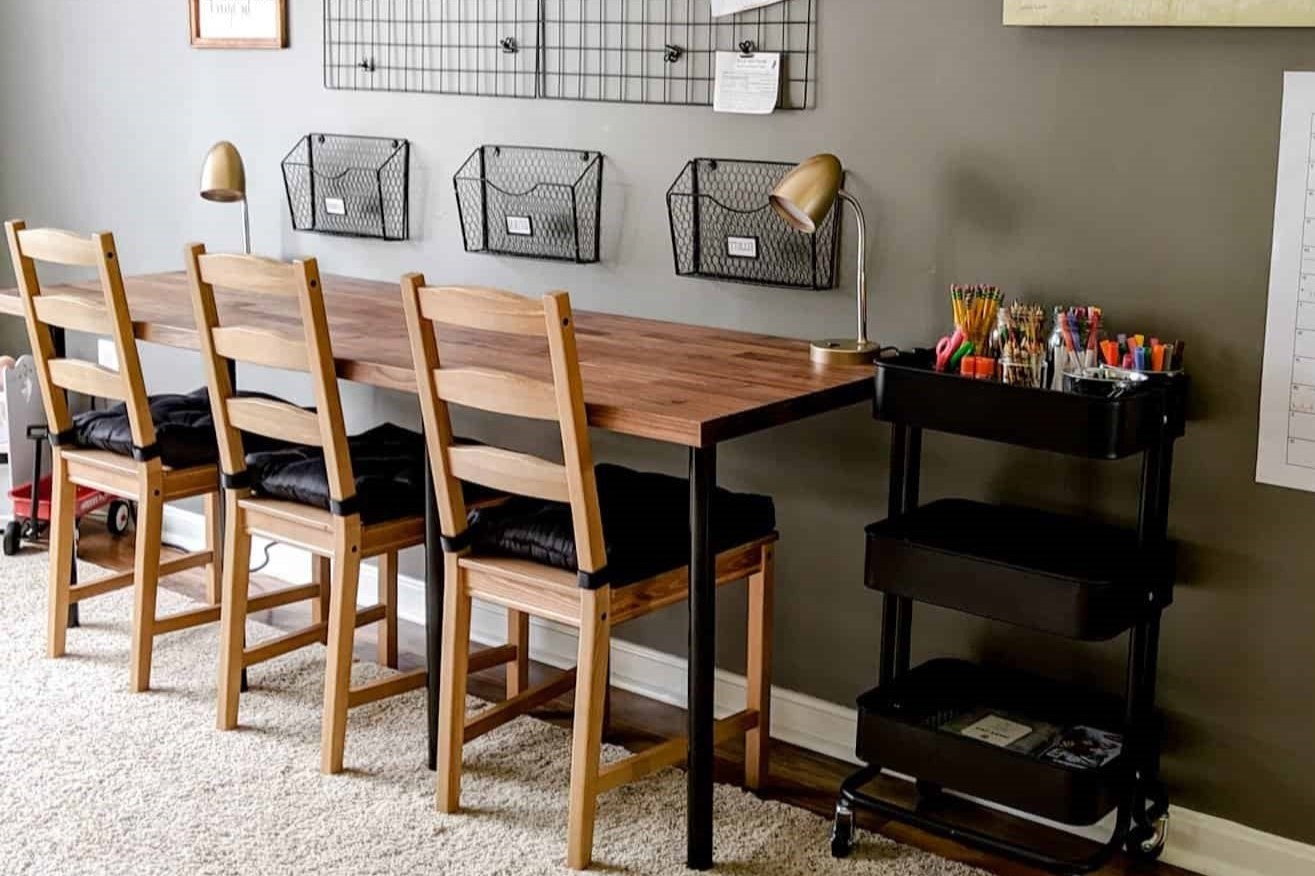
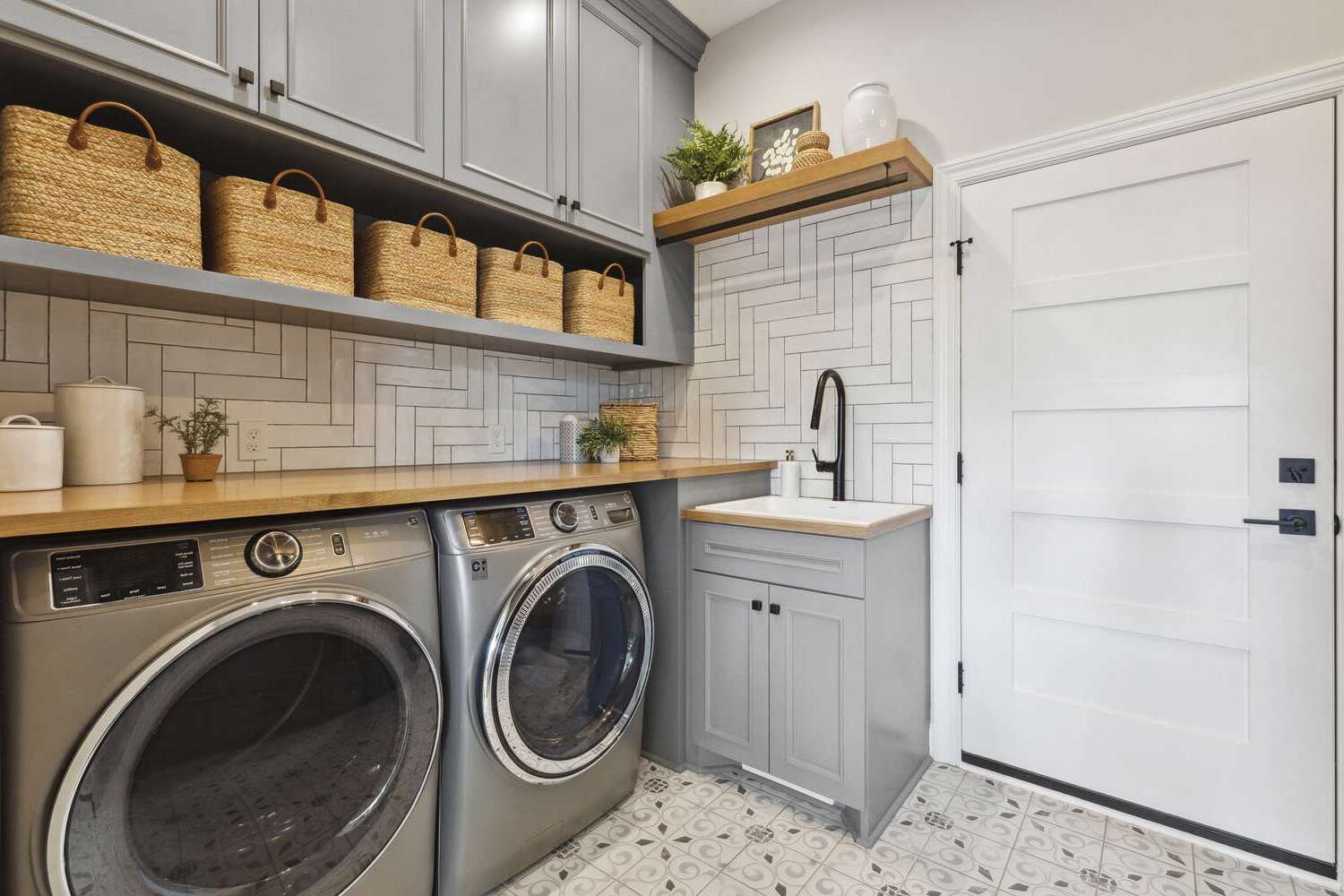
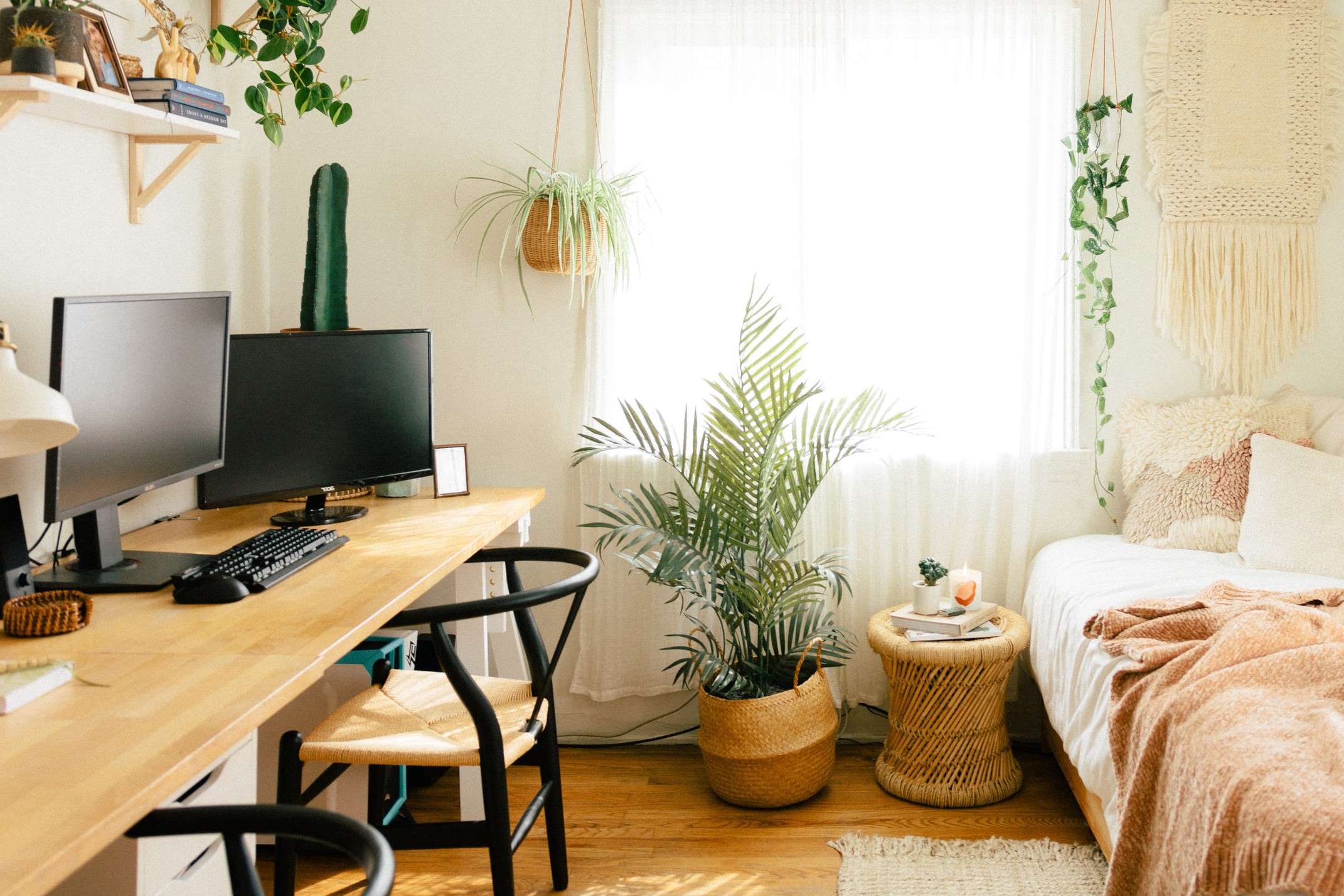
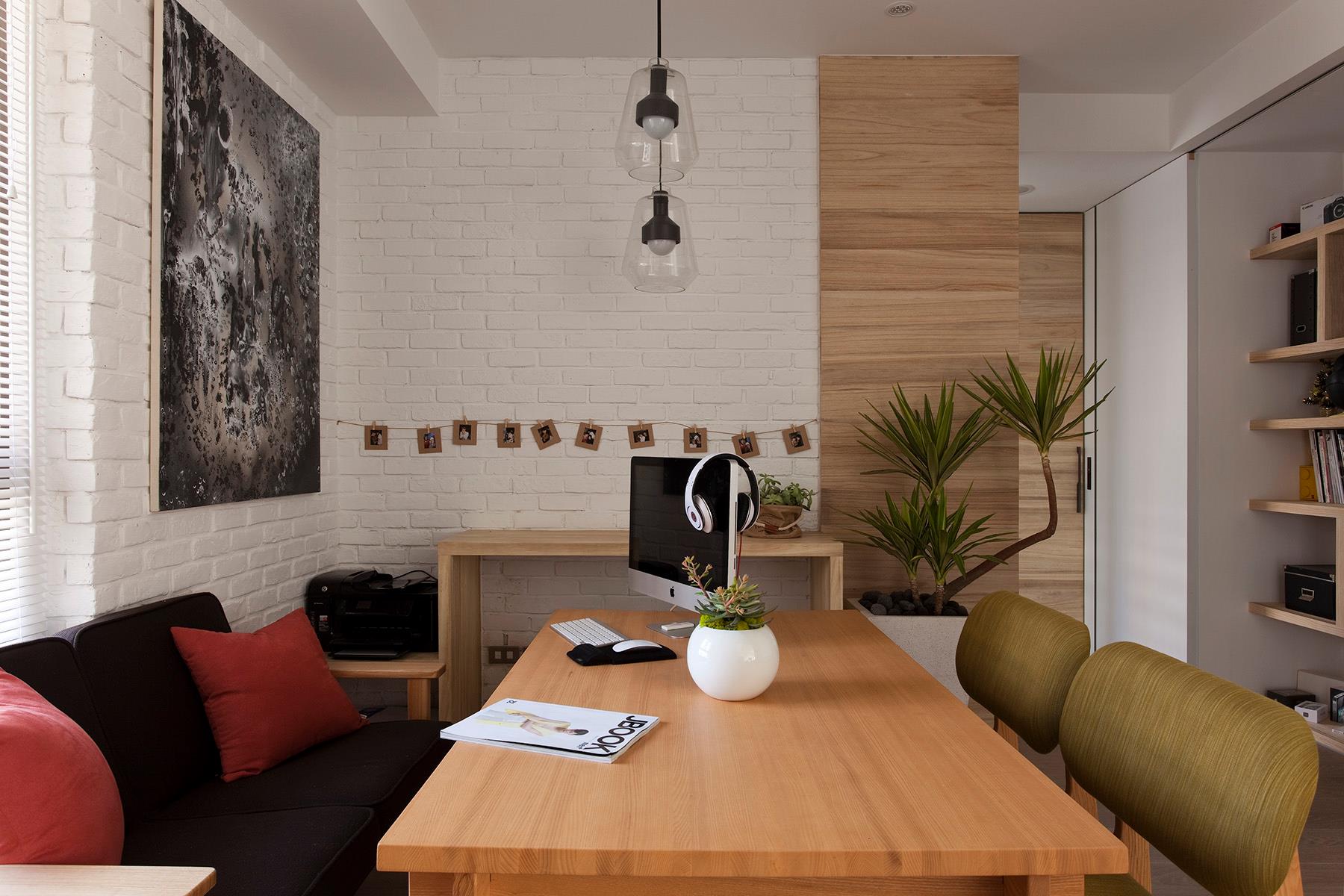
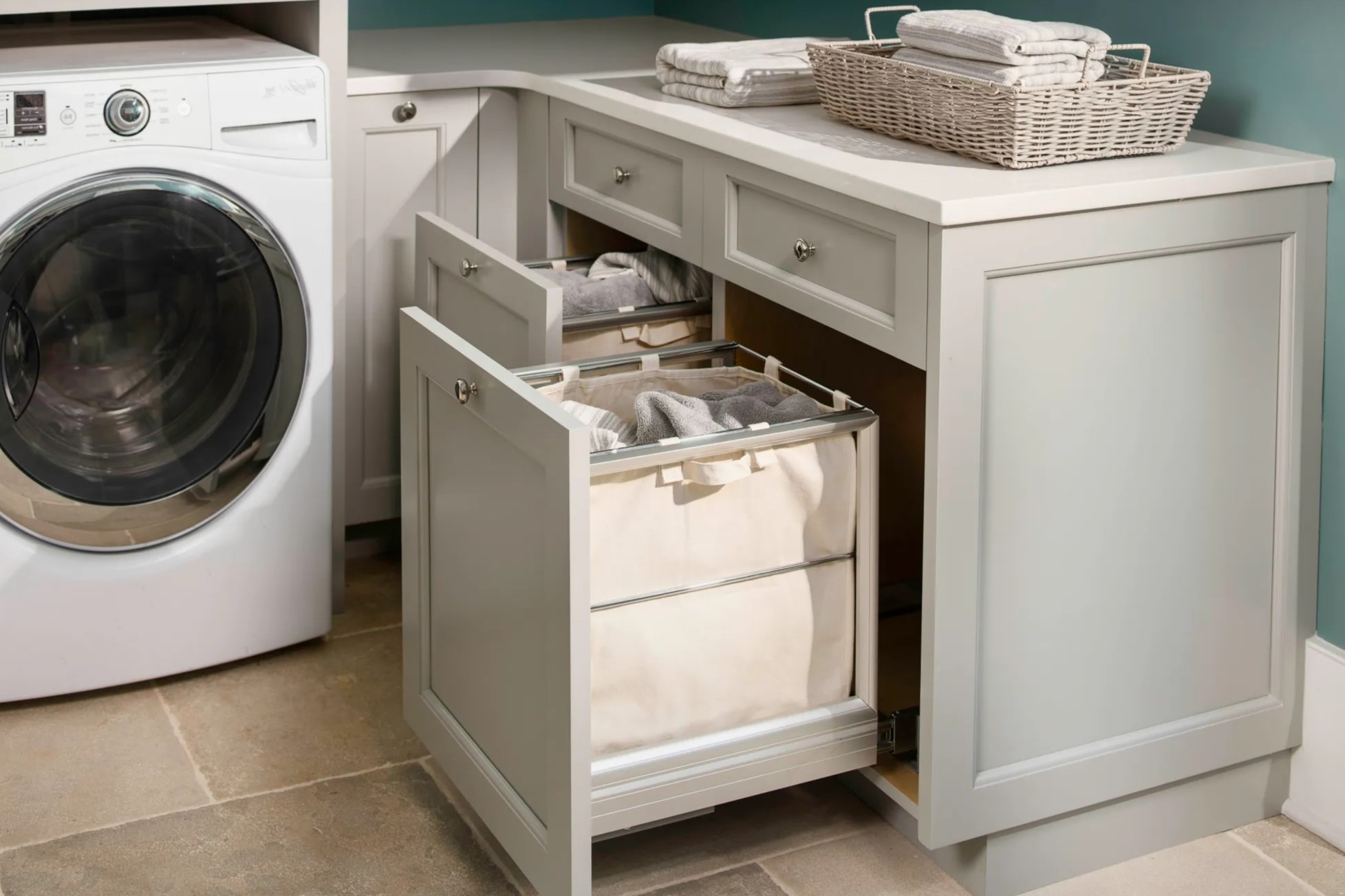
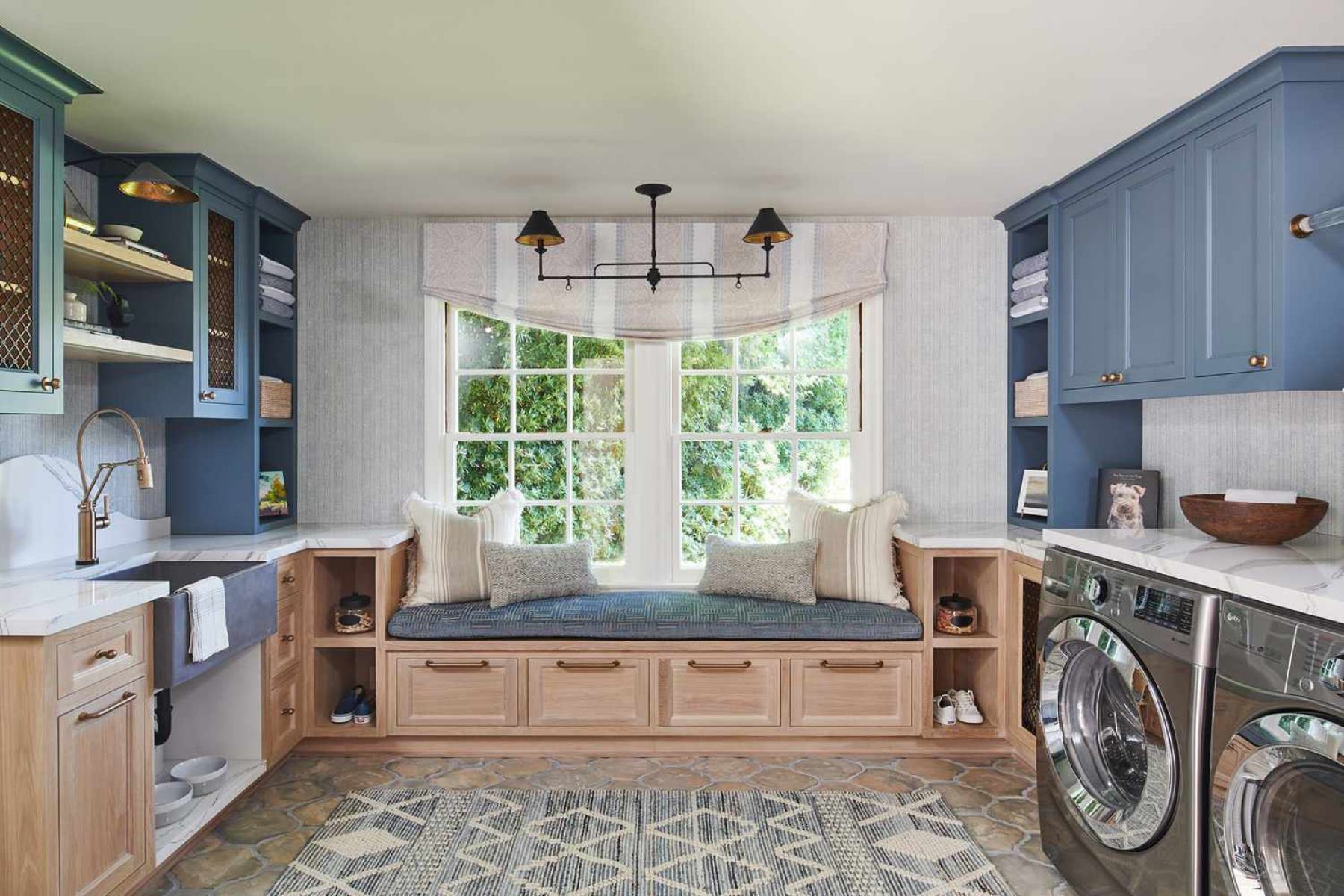
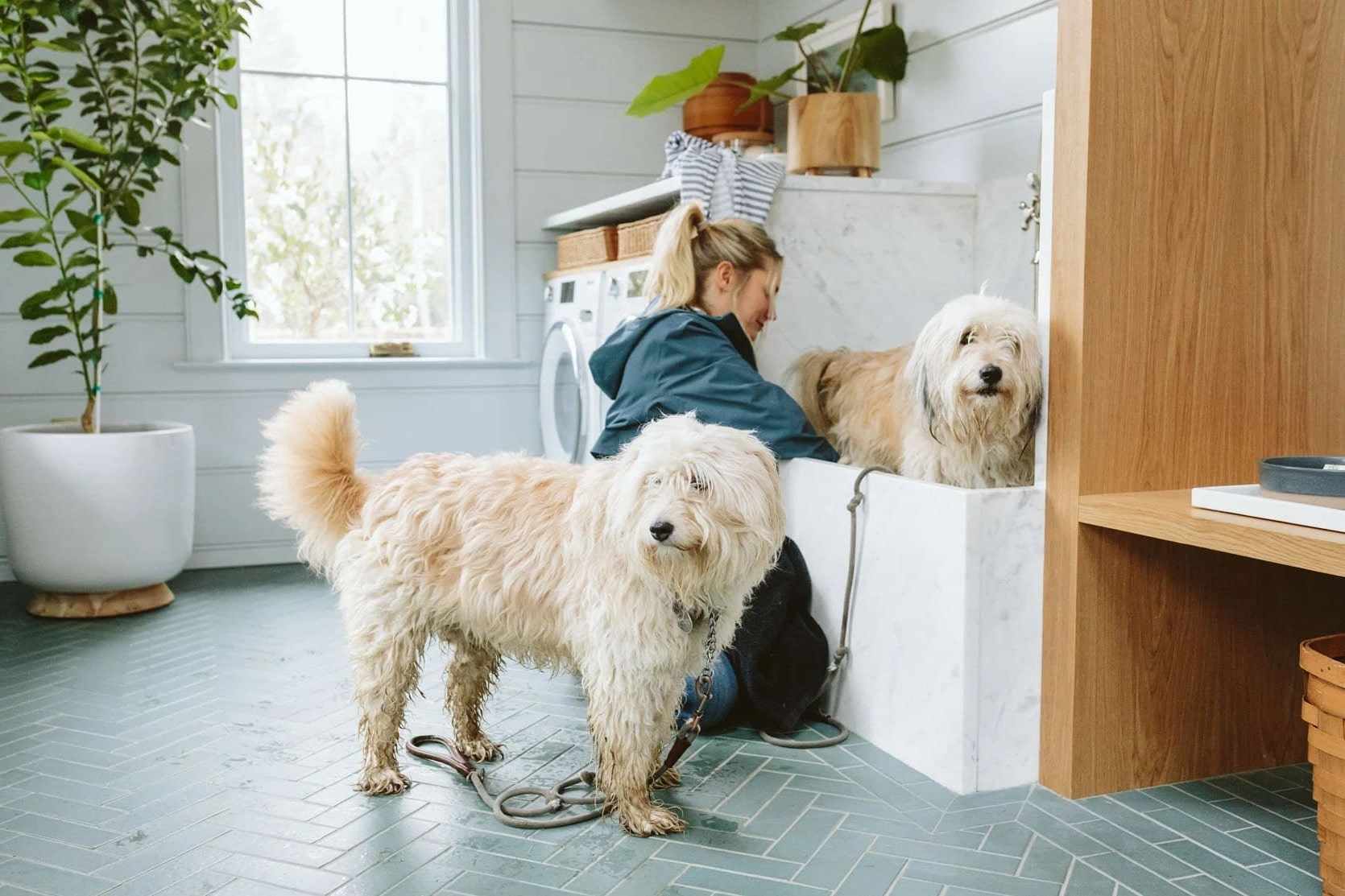
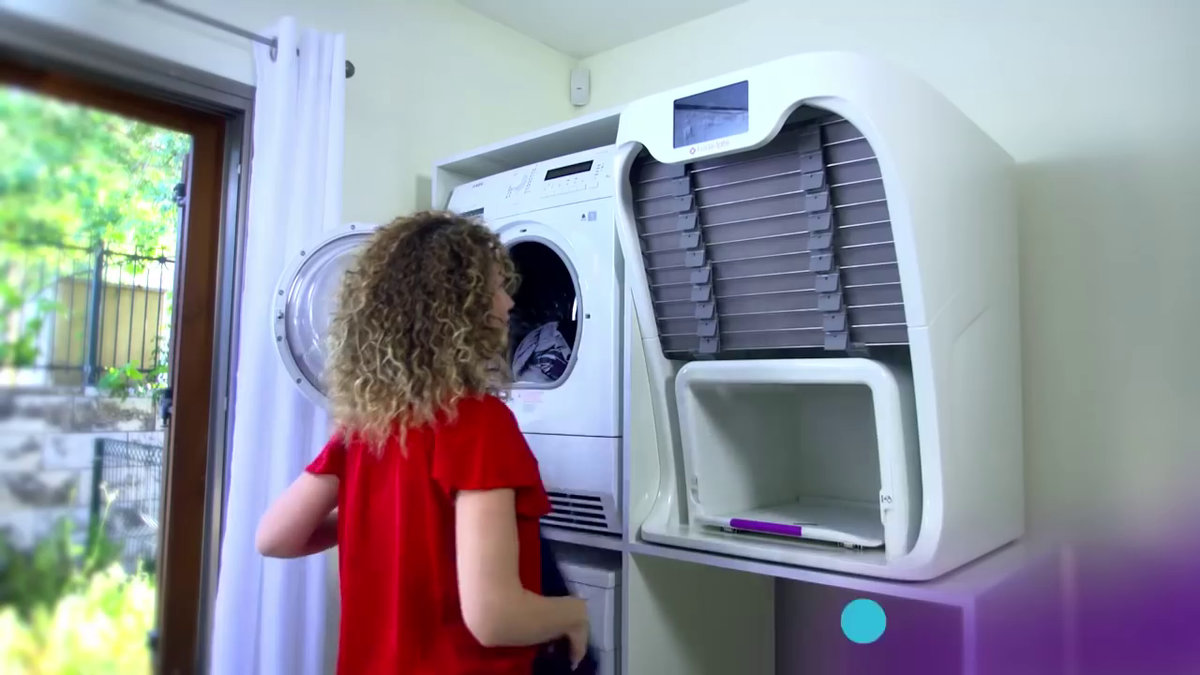
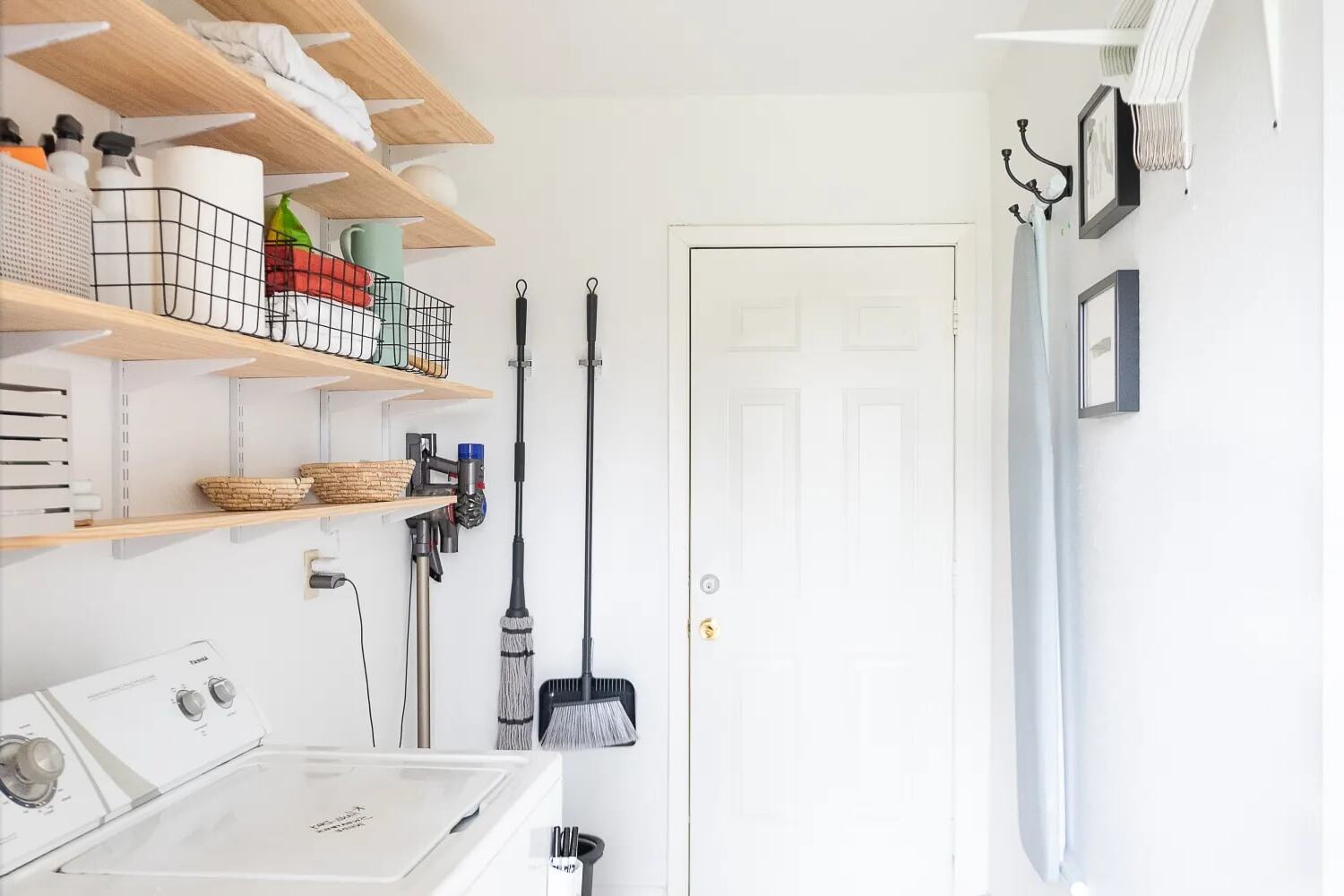
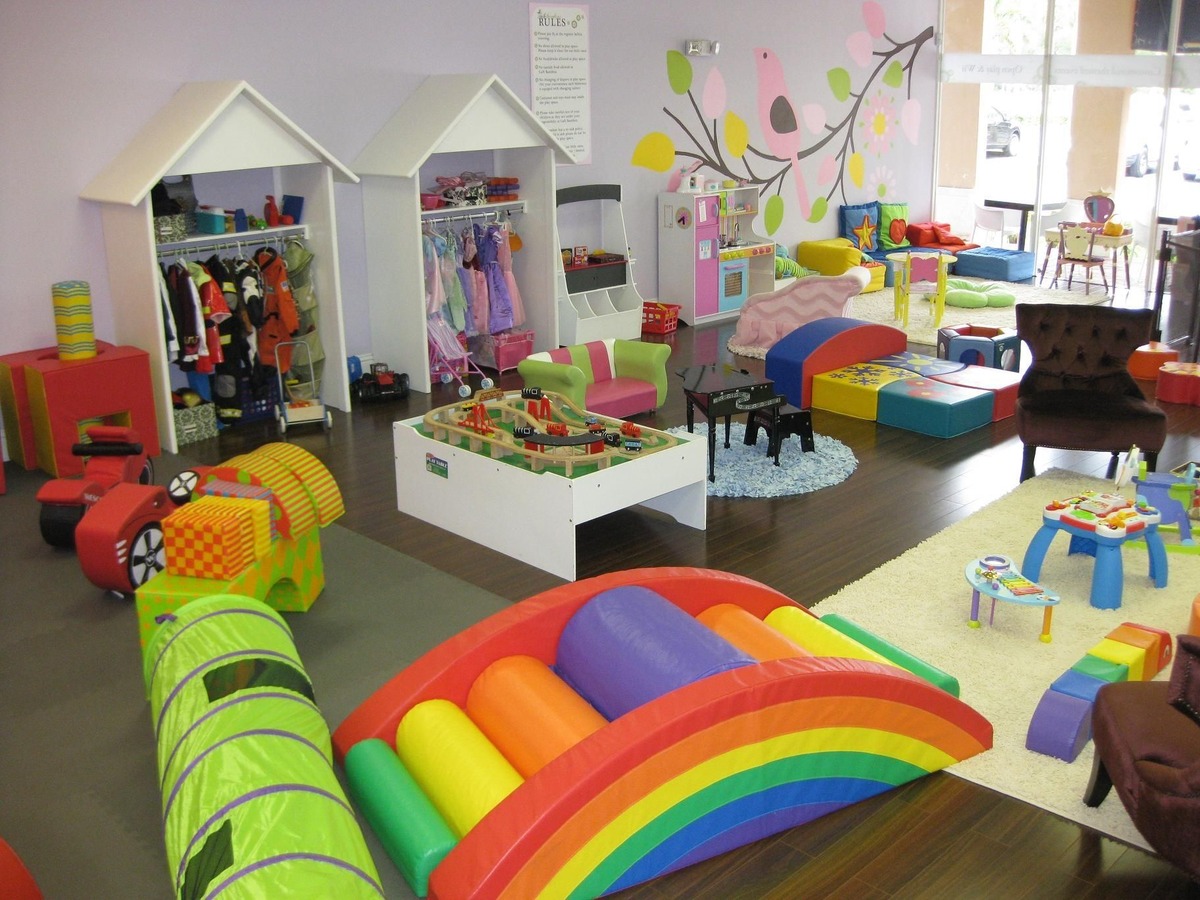
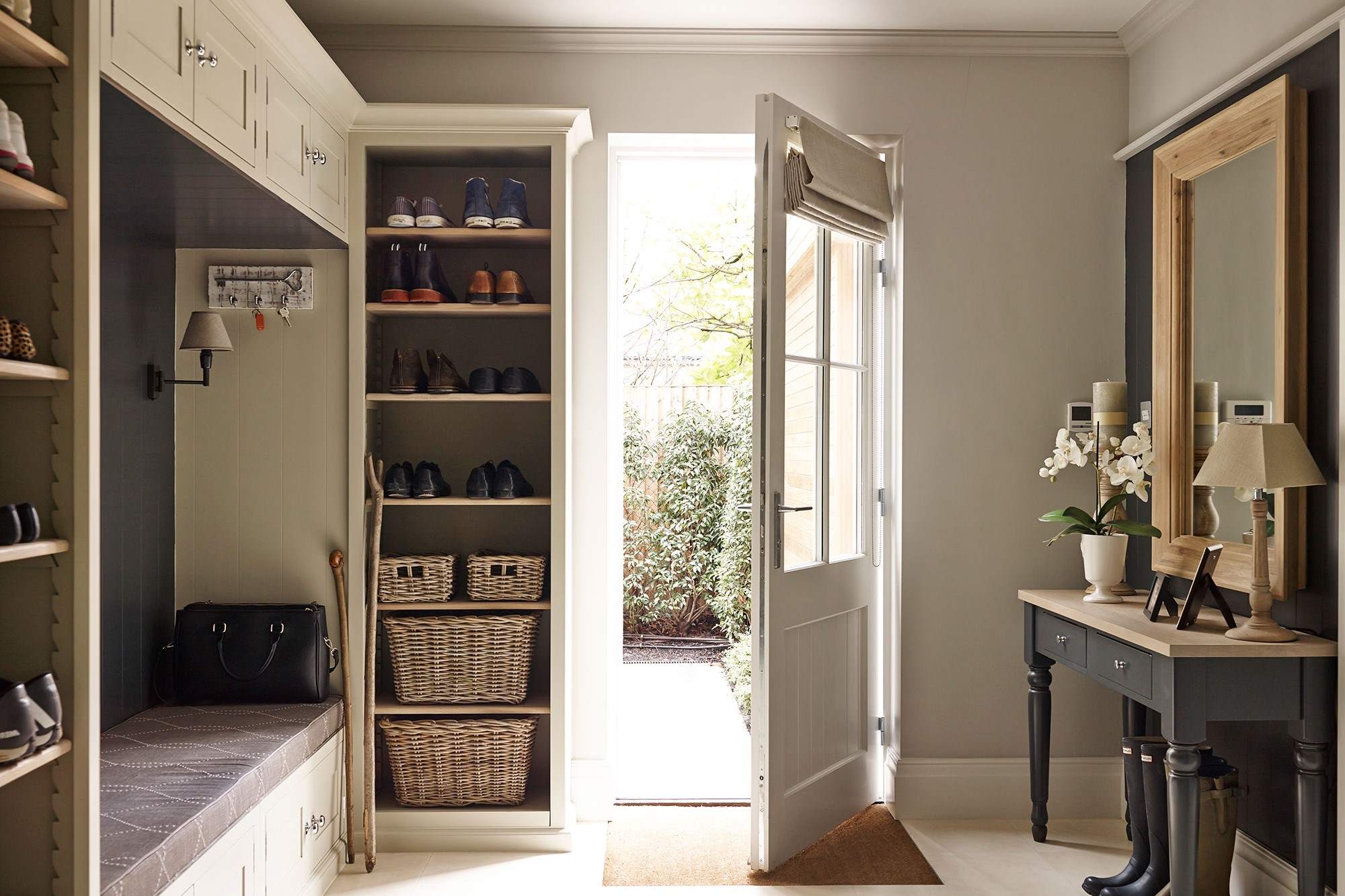
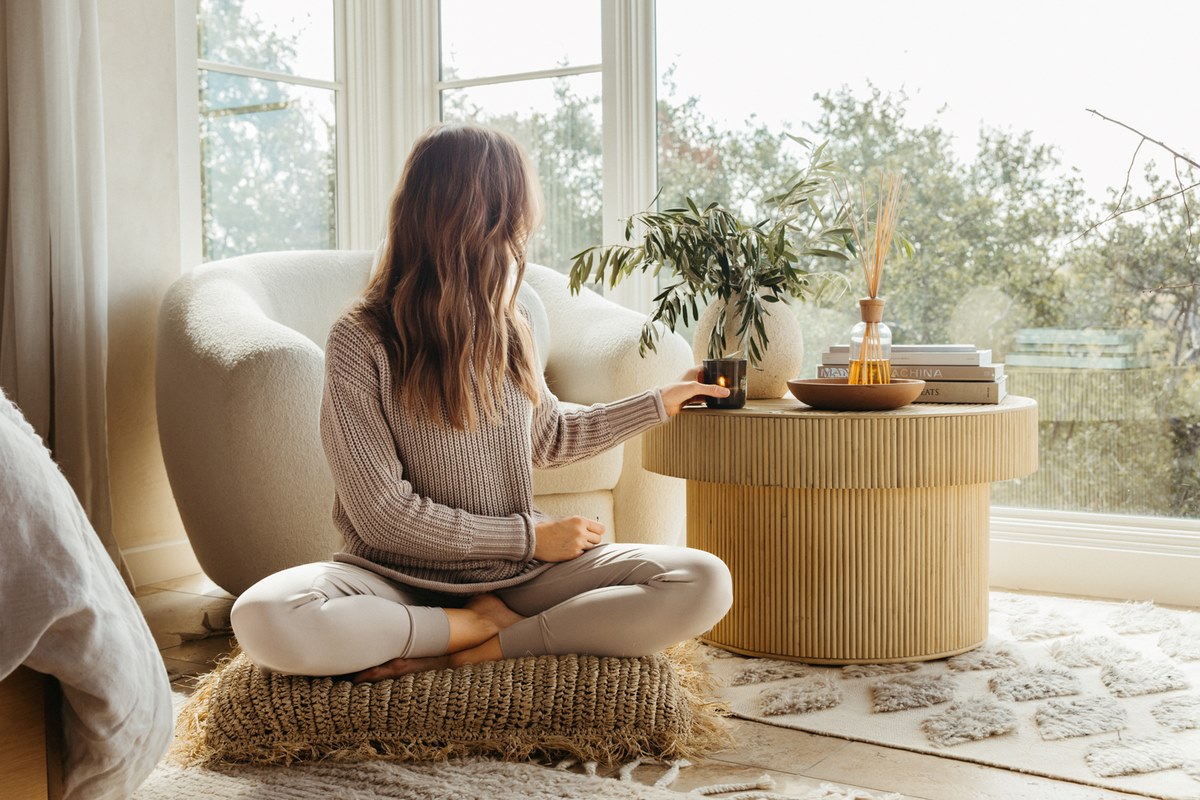
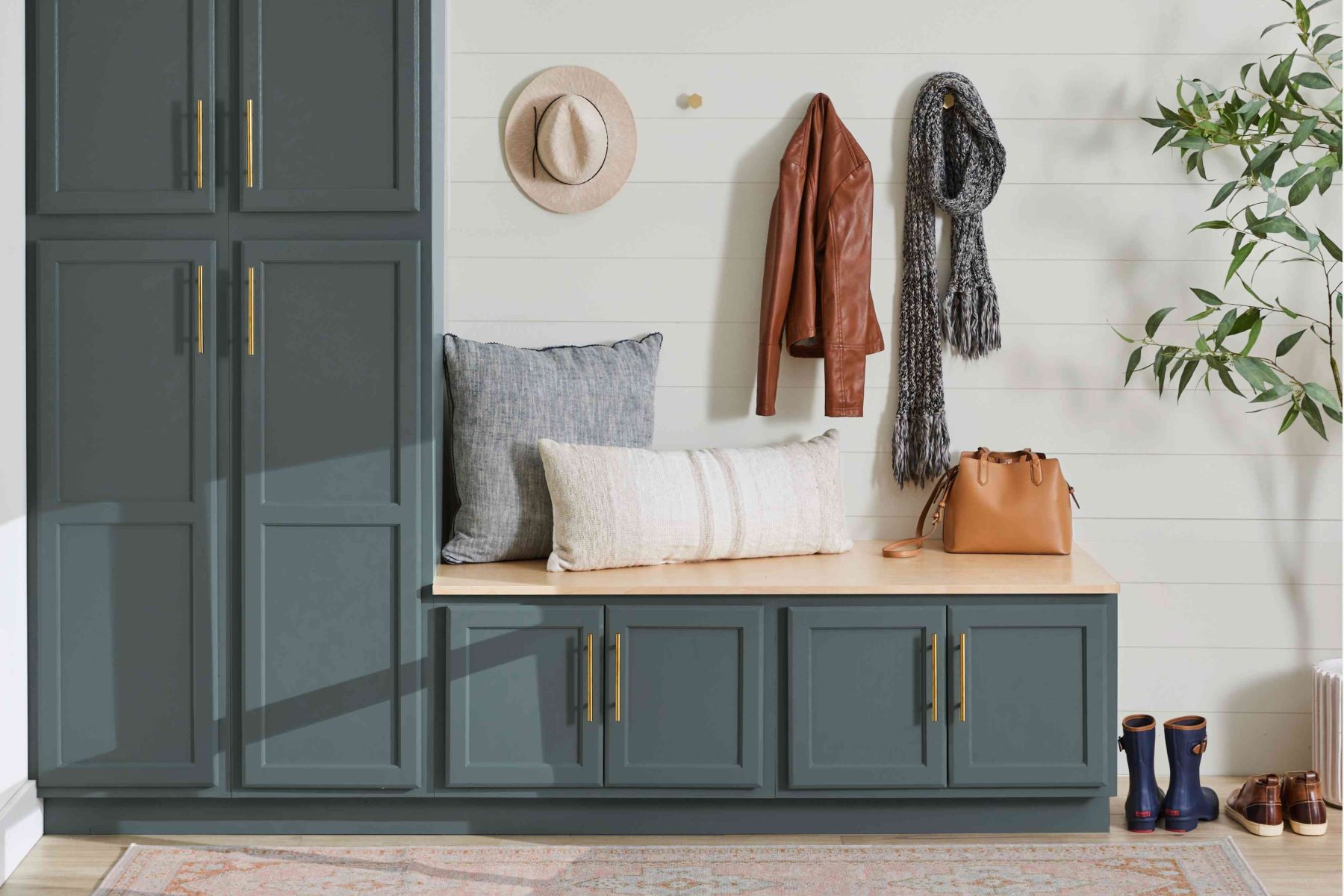

0 thoughts on “Creating A Stylish And Practical Dining Room”